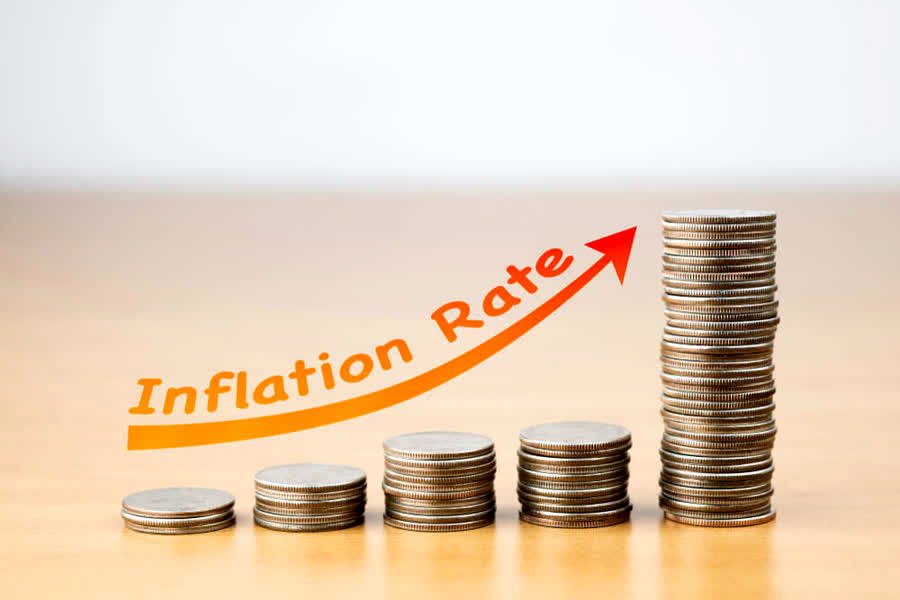
The increasing fuel price and flooding disaster have put mounting pressure on the economy, leading to higher inflation. Due to these factors, the inflation rate last month reached 2.38%.
The Ministry of Finance reported a 2.38% inflation rate in October this year, an increase from 1.68% in September.
According to the official analysis, the increase in fuel prices and certain grocery items, particularly fresh vegetables and eggs are among the factors contributing to this spike.
The pricing of 430 products and services was taken into consideration. A total of 226 items have shown an increase in price. The pricing of 71 items on this list remains unchanged, while the other 133 items saw a drop in price.
Thailand’s average inflation rate since January increased by 0.99%.
Mr. Ronnarong Phoolpipat, Director General at the Trade Policy and Strategy Office (TPSO), said Thailand’s current inflation rate is not considered high when compared to the 5.4% rate of the U.S., 2.9% of the UK, and 2.6% of Vietnam.
The TPSO expects the country’s inflation rate to continue to increase over the remaining months of this year, but not at any rate higher than the current rate.
The office anticipates that the government’s action in capping the retail diesel price at 30 baht per liter, along with other aid measures for the logistics sector, will help prevent excessive inflation rates.
The TPSO is expecting the prices of fresh groceries to start going down as the flood situation improves, while other seasonal produce will start replacing these short-supplied ingredients in the market.
The TPSO projects Thailand’s overall inflation rate this year to stay within the margin of 0.8-1.2%. (NNT)
 |
 |
 |





